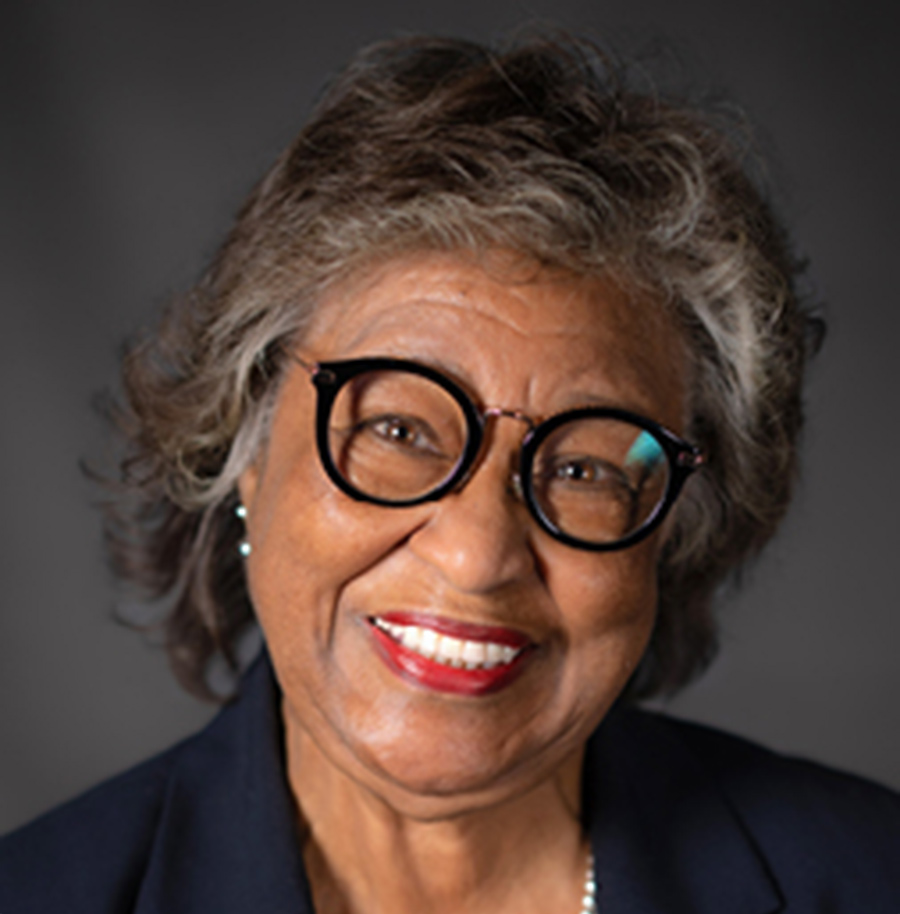President’s Message: Bettye Lusk
At the May 2025 Delegate Assembly, 227 trustees from districts of all sizes gathered to consider the biggest issues facing California public schools. Yet, we devoted the greatest portion of our time to CSBA’s Policy Pillars, overarching concepts that are critical to facilitating the outcome we desire for California schools — a world where all students graduate prepared for post-high school success and with the skills to be lifelong learners and effective, contributing members of society.
During their work on the Policy Pillar Committees, CSBA Delegates examined four topic areas: academic achievement, conditions of children, funding and finance, and governance, and offered recommendations on how to make progress in each area. Although Delegates considered a range of different issues and solutions, common themes emerged such as the need for long-term investment in public education, trust in local leadership and commitment to the state-level support needed to drive overall student performance and close opportunity and achievement gaps.

Conversely, when conflict arose, it was often attributable to gaps in policies or to their inconsistent application. One Delegate noted, “Even when we disagree, our commitment to the process lets us move forward.” In a climate where politics often supersedes policy, this model of principled disagreement and respectful collaboration is not just aspirational, it is essential.
Trustees also noted that the California School Dashboard’s limited focus on the student growth measure and the bureaucratic burden of duplicative reporting requirements impede progress.

The committee also stressed the urgency of reforming California’s reliance on average daily attendance (ADA)-based funding. In an era of declining enrollment and increased chronic absenteeism, ADA punishes LEAs that are already struggling.
Success stories included increased student engagement, reduced bullying, and parent support. Implementation challenges, however, were pronounced as members cited inconsistent enforcement, student workarounds, family anxiety during emergencies, and equity issues for students with individualized education programs (IEPs) or medical needs.
Delegates stressed the need to prioritize digital wellness and social-emotional learning with one saying, “Let us teach balance, not just ban behavior.”
As we prepare for the upcoming school year, we should carry these insights forward and adopt policies that support achievement, wellness and opportunity for every student!